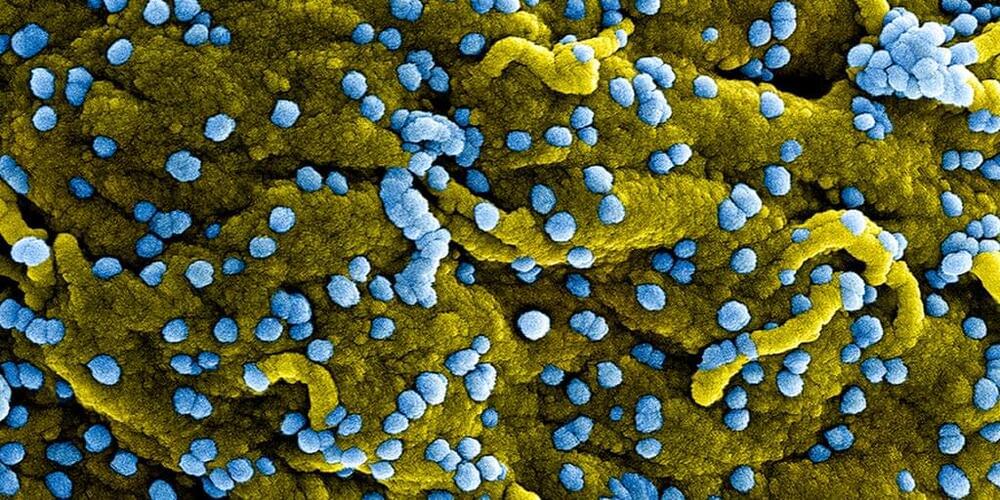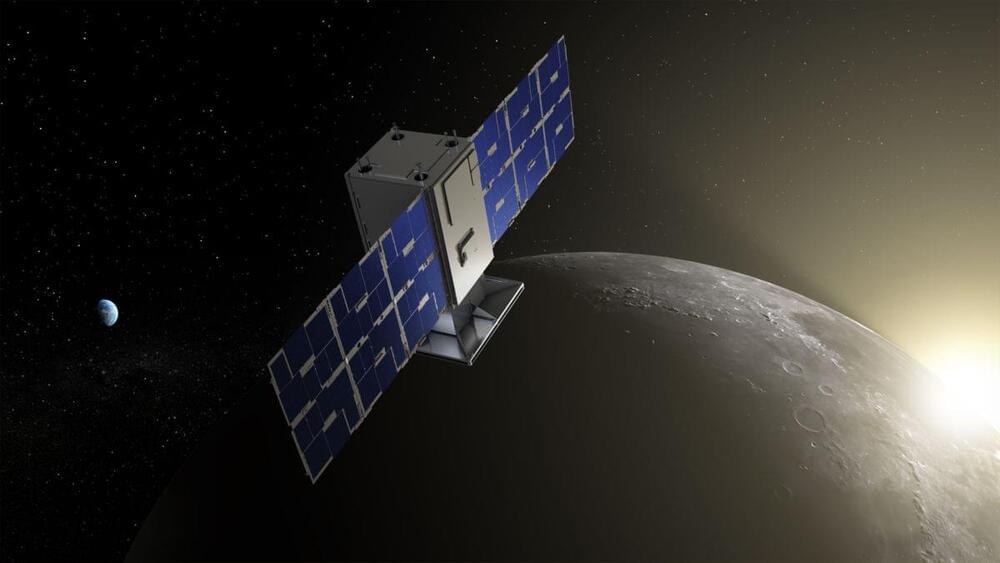Self will and self reflection by Ben Goertzel.
Dropbox is a free service that lets you bring your photos, docs, and videos anywhere and share them easily. Never email yourself a file again!


With most EV chargers, which are AC-to-DC, there is lost energy and a longer charging time. But with DC to DC, according to Enteligent, the DC-to-DC charging results in up to 25% energy savings because the power does not have to be converted.
From pv magazine USA
Enteligent unveiled its DC-to-DC-solar hybrid bi-directional EV charger this week at Intersolar North America. Powered by the sun, the EV charger can supply 25 kW of fast DC charging, charging three times faster than AC Level 2 EV chargers, the company reports.

The behavioral disorders observed in autism are associated with a multitude of genetic alterations. Scientists from the Hector Institute for Translational Brain Research (HITBR) have now found another molecular cause for this condition. The transcription factor MYT1L normally protects the molecular identity of nerve cells. If it is genetically switched off in human nerve cells or in mice, the functional changes and symptoms typical of autism occur. A drug that blocks sodium channels in the cell membrane can reverse the consequences of MYT1L failure and alleviate the functional and behavioral abnormalities in mice.
Disorders from the autism spectrum (ASD, autism spectrum disorders) are not only manifested by impairments in social interaction, communication, interest formation, and by stereotypical behavior patterns. This is often accompanied by other abnormalities such as epilepsy or hyperactivity.
Scientists are intensively searching for the molecular abnormalities that contribute to this complex developmental disorder. A multitude of genetic factors that influence the molecular programs of the nerve cells have already been linked to the development of autism.


I have to admit, it’s very human like. It makes we wonder if the incident if fabricated, but it may also be true.
SOPA images/Getty.
The concept of a conversational chatbot shot to fame with OpenAI’s ChatGPT, which can provide paraphrased answers for users’ detailed queries and write poetry or code with equal ease. Microsoft, which has provided financial support for OpenAI’s work, has incorporated the chatbot into its Bing search engine, providing users with a new way to search for information. The service’s rollout is still slow, with few users getting access. However, their experience has been interesting.

Microsoft announced some heartbreaking news for Internet Explorer users on Valentine’s Day: Internet Explorer is no more.
The company has permanently disabled the desktop version of Internet Explorer on certain versions of Windows 10, and updated its newer browser, Microsoft Edge, Microsoft announced Tuesday.
All other consumer and commercial devices that weren’t already redirected from Explorer to Microsoft Edge will also be affected, the company said. Now, when users attempt to access Explorer, they will be redirected to Edge.

The World Health Organization hopes to test an experimental Marburg vaccine in Equatorial Guinea, which announced its first outbreak of the virus Monday.
Nine deaths have been confirmed, while 16 suspected patients are in quarantine. Health officials are also monitoring 15 asymptomatic close contacts of infected people.
No vaccine or antiviral treatment is approved to treat Marburg virus disease, which has an average death rate of around 50%, according to the WHO.
This is a talk I gave to an audience of computer scientists and neuroscientists, interested in AI, consciousness, and the brain.
